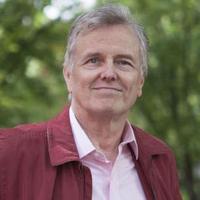
Philip E. Tetlock
@ptetlock
Penn-Integrates-Knowledge (PIK) Professor, Wharton & School of Arts & Sciences. Likes = interesting; Retweets = very interesting; Interesting ≠ endorsement
ID: 384238210
http://amzn.to/1FWLGAD 03-10-2011 10:02:05
2,2K Tweet
47,47K Followers
601 Following




Really enjoyed working on this with Philipp Schoenegger Philip E. Tetlock and Barbara Mellers. We tried ~50 prompt techniques (including AI classics and more theory-motivated ones) on 100 forecasting questions across 6 LLMs. No prompt showed robust improvements! arxiv.org/abs/2506.01578








Authors: Bridget Williams, Josh Rosenberg, Luca Righetti, Rebecca Ceppas de Castro, Otto Kuusela, Rhiannon Britt, Seth Donoughe, Alvaro Morales, Emily Soice, Jon Sanders, James Black and Philip E. Tetlock Special acknowledgment to SecureBio for the virology evaluation collaboration.

This summary covers the key findings — the full study includes detailed methodology, participant rationales, accuracy measures, and policy implications. Read the complete report from Forecasting Research Institute: forecastingresearch.org/ai-enabled-bio…




Great to see our report on LLM-enabled biorisk covered in the latest issue of The Economist



